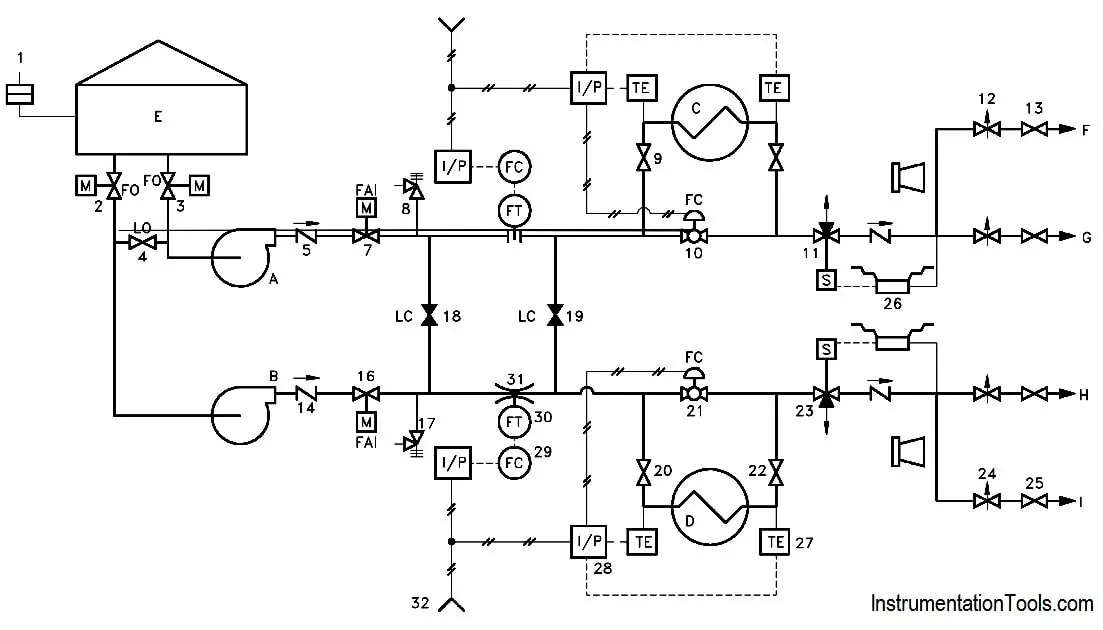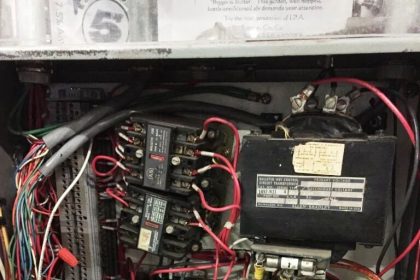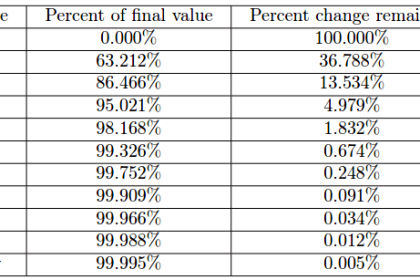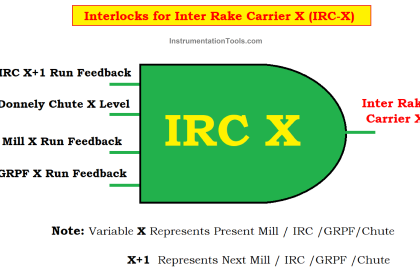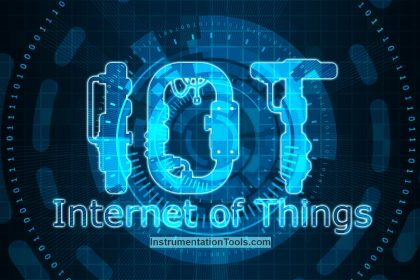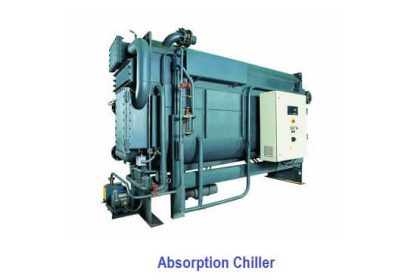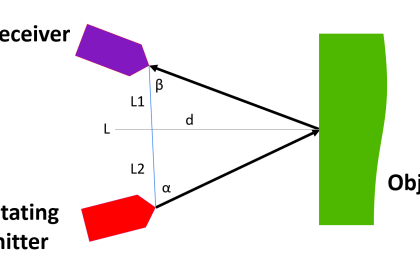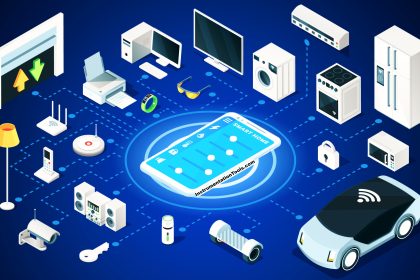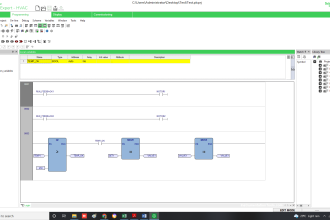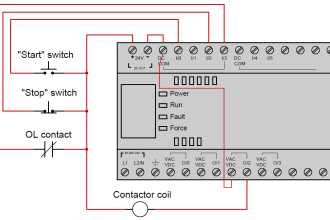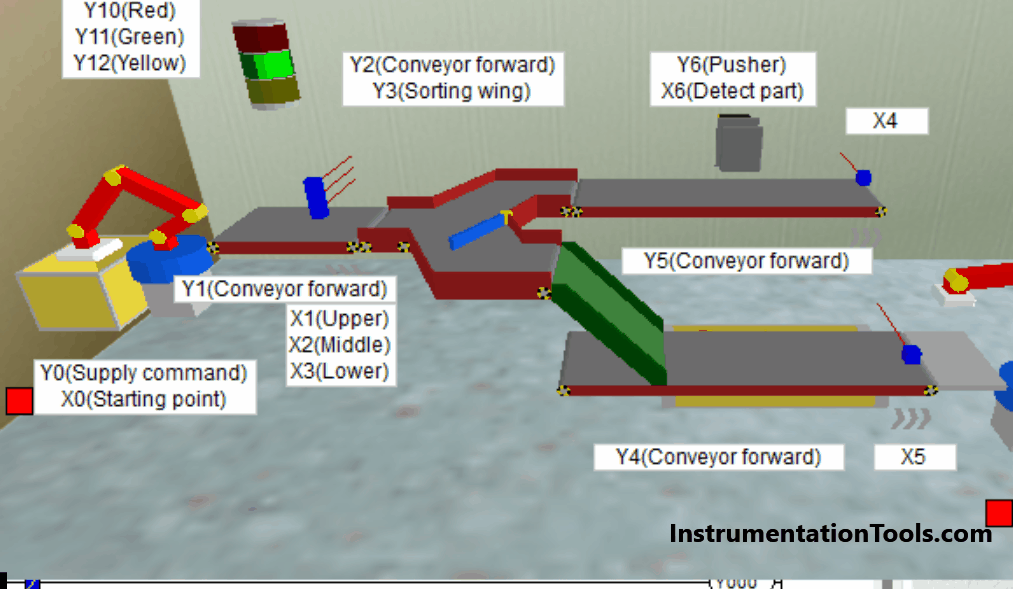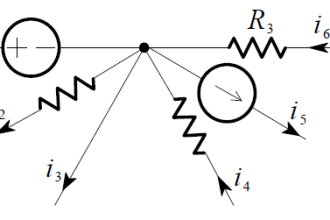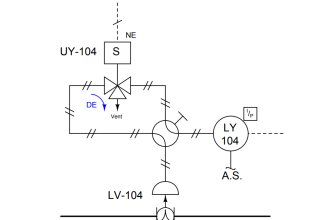Reading Engineering P&IDs
Standards and conventions have been developed to provide consistency from drawing to drawing. To accurately interpret a drawing, these standards and conventions must be understood.
Standards and Conventions for Valve Status
Before a diagram or print can be properly read and understood, the basic conventions used by P&IDs to denote valve positions and failure modes must be understood. The reader must be able to determine the valve position, know if this position is normal, know how the valve will fail, and in some cases know if the valve is normally locked in that position.
Figure 17 illustrates the symbols used to indicate valve status. Unless otherwise stated, P&IDs indicate valves in their “normal” position. This is usually interpreted as the normal or primary flowpath for the system. An exception is safety systems, which are normally shown in their standby or non-accident condition.
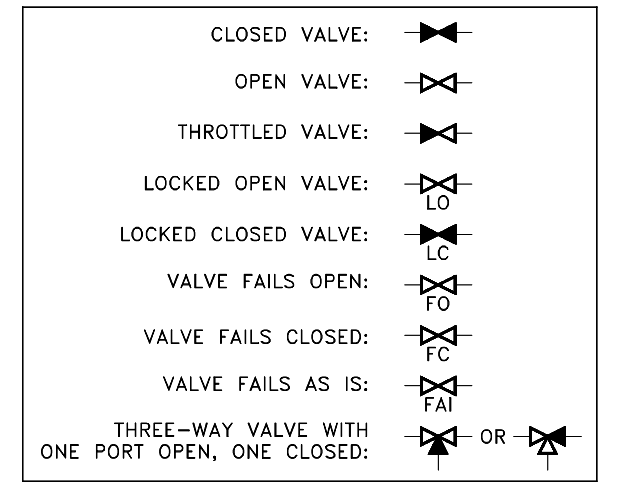
Figure 17 : Valve Status Symbols
3-way valves are sometimes drawn in the position that they will fail to instead of always being drawn in their “normal” position. This will either be defined as the standard by the system of drawings or noted in some manner on the individual drawings.
P&ID Document Reading Example
Example : At this point, all the symbols for valves and major components have been presented, as have the conventions for identifying the condition of a system.
Refer to Figure 18 as necessary to answer the following questions. The answers are provided in the back of this section so that you may judge your own knowledge level.
Figure 18 : Exercise P&ID
1. Identify the following components by letter or number.
- a. Centrifugal pump
- b. Heat exchanger
- c. Tank
- d. Venturi
- e. Rupture disc
- f. Relief valve
- g. Motor-operated valve
- h. Air-operated valve
- i. Throttle valve
- j. Conductivity cell
- k. Air line
- l. Current-to-pneumatic converter
- m. Check valve
- n. A locked-closed valve
- o. A closed valve
- p. A locked-open valve
- q. A solenoid valve
2. What is the controlling parameter for Valves 10 and 21?
3. Which valves would need to change position in order for Pump B to supply flow to only points G and H?
4. Which valves will fail open? Fail closed? Fail as is?
Answers :
1.
- a. A or B
- b. C or D
- c. E
- d. 31
- e. 1
- f. 8 or 17
- g. 2,3,7 or 16
- h. 10, 21
- i. 12 or 24
- j. 26
- k. 32
- l. 28
- m. 5 or 14
- n. 18 or 19
- o. 18 or 19
- p. 4
- q. 11 or 23
2. Temperature as sensed by the temperature elements (TE)
3.
- Open 18 and/or 19,
- Shut 13 and 25
4.
- Fail Open: 2 and 3
- Fail Closed: 10 and 21
- Fail as is: 7 and 16
